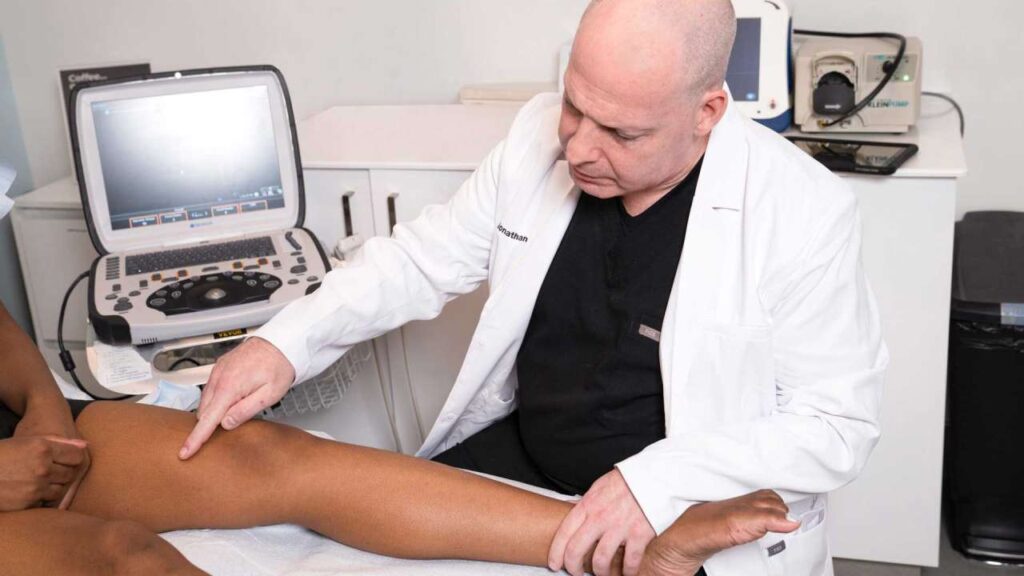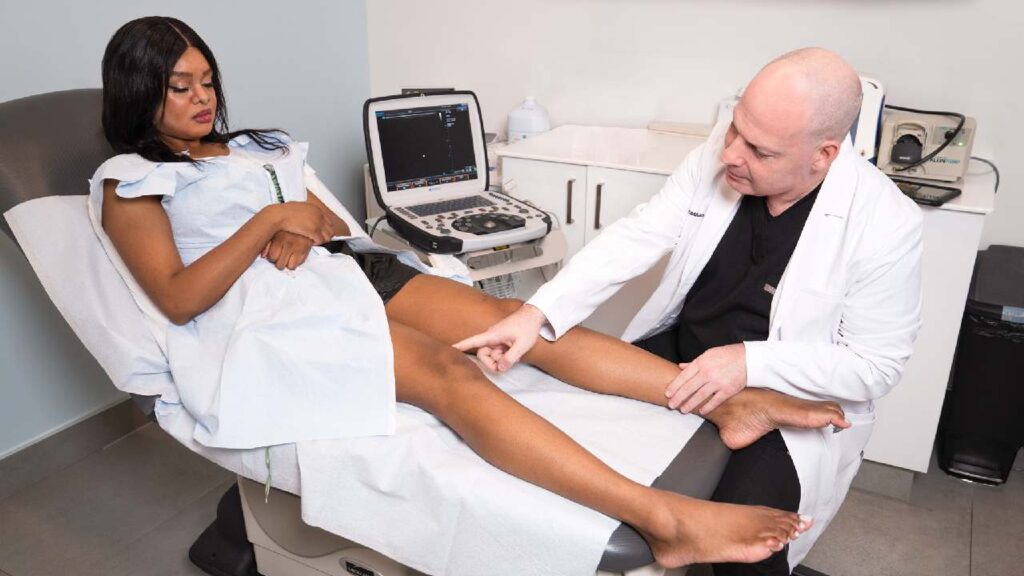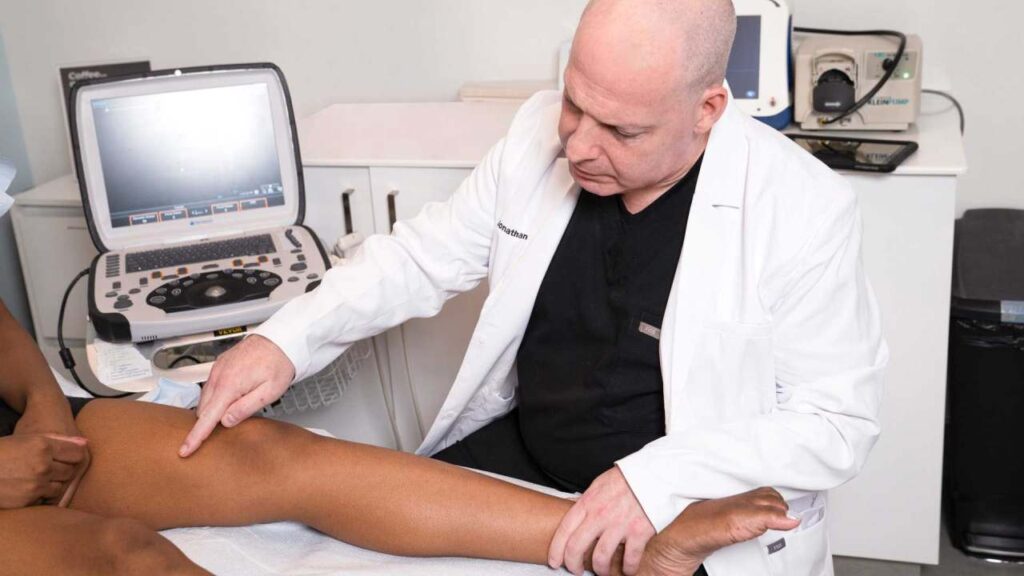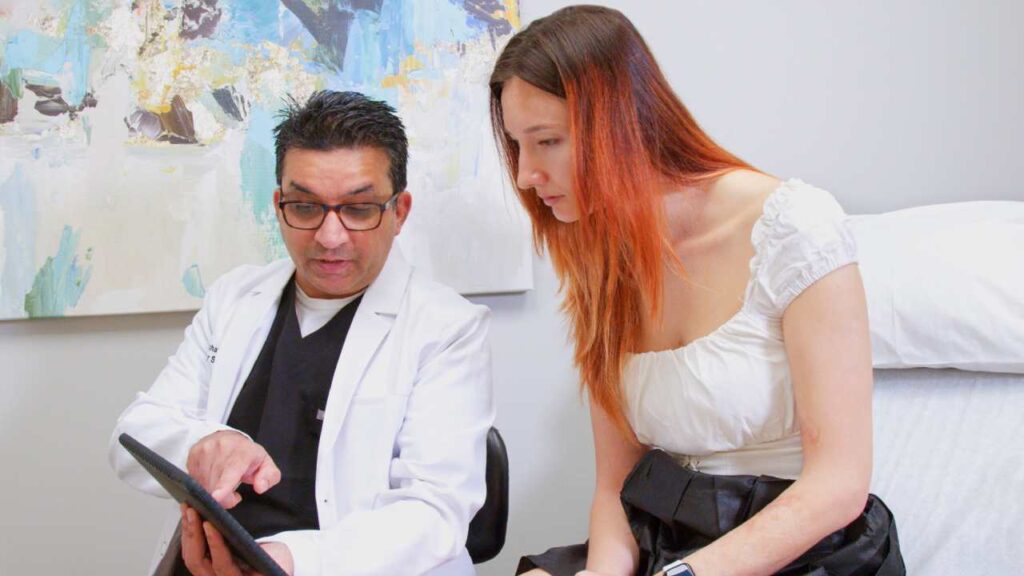If you’re suffering from varicose veins and the complications that come with them, it’s time to make an appointment with a reputable varicose vein specialist. You can expect state-of-the-art care from excellent physicians at Vein Treatment Clinic New York. Click HERE to schedule an appointment at our vein clinic, or keep reading to learn more about 5 risks of not seeking treatment for your varicose veins.
1. Pain and Discomfort
Spider and varicose veins can be extremely painful and inconvenient, especially when they begin to spread out and grow in size and quantity. Even if the veins do not appear to be a source of concern, you may nevertheless feel symptoms as a result of underlying venous insufficiency.
Many signs of vein disease, such as aching legs or weariness, are often ignored or written off as part of the natural aging process. However, these concerns can be addressed and treated! Consult a varicose vein doctor at a recognized vein clinic if you have a high number of visible veins to see whether you have a vein illness that requires expert treatment.
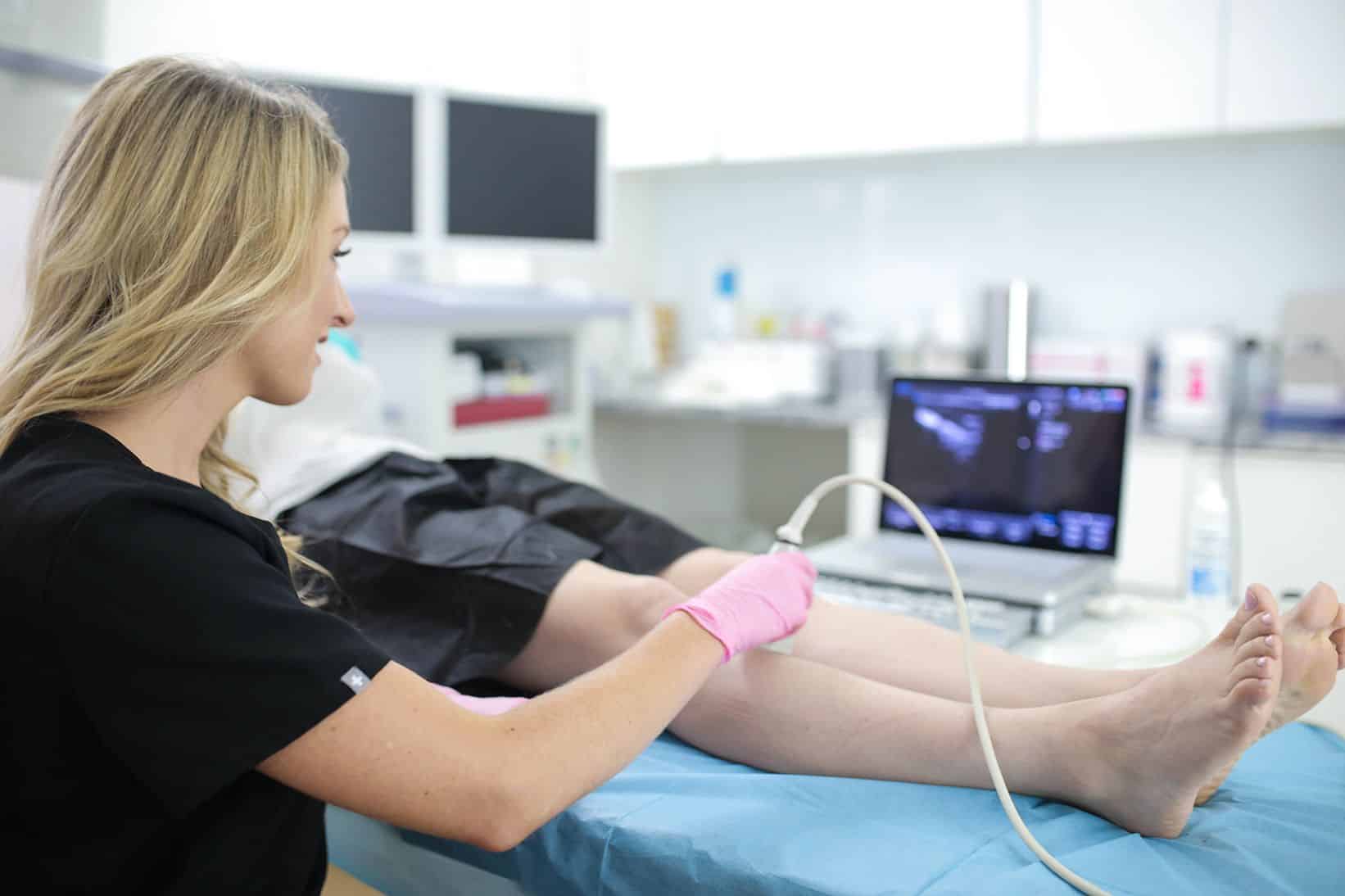
2. Poor Cosmesis (Ugly Appearance)
Many individuals are self-conscious about spider and varicose veins on their legs. Spider veins are extremely small, typically less than a millimeter in diameter, and clusters resembling red, blue, or purple spider webs can occur in the legs or on the face.
Varicose veins, on the other hand, are enlarged blood vessels that appear dark purple, green, blue, or red. In contrast to healthy veins, which travel in a relatively straight line, they seem twisted and deformed. They have a diameter of more than three millimeters and are typically seen on the legs, inner thighs, buttocks, and lower pelvic areas.
3. Bleeding
When varicose veins (or even spider veins) are visibly bulging and the skin above them is stretched thin, even the slightest contact, bump, or scrape can cause excessive bleeding. If your varicose veins start to bleed, lie down and elevate your legs above your heart, exerting pressure to ensure that blood flows away from your legs and back to your heart.
If the bleeding does not cease within 1-2 minutes, make your way to the emergency hospital, and once the bleeding has stopped, make an appointment with a vein doctor at a vein treatment center as soon as possible.
4. Skin Conditions
Some of the most frequent skin problems caused by varicose veins include eczema, lipodermatosclerosis, and leg ulcers.
- Stasis Dermatitis (eczema): The fragile skin around injured veins becomes red and scaly due to inflammation. As a result of a buildup of hemosiderin, a dark red pigment generated by damaged blood cells that seep out of veins, the skin can feel itchy and irritated.
- Lipodermatosclerosis: The subcutaneous tissue under the skin scars up as a result of the vein injury and loss of blood supply in the area. It may result in long-term injury, hyperpigmentation, and skin stiffening.
- Ulcers: Pressure on the vein walls causes skin breaking when blood gathers in the lower extremities. Because of a lack of blood circulation to the area, these ulcers are open wounds that do not heal effectively.
5. Deep Vein Thrombosis
Deep vein thrombosis (DVT) is the most deadly complication of untreated varicose veins. DVT begins as superficial vein thrombosis, which occurs when blood clots form within large varicose veins, but as they dislodge and enlarge, they can migrate to deep veins.
When a clot scrapes down the margins of blood arteries, it can cause significant damage to the vein walls. In the worst-case scenario, the clot might go to the lungs and cause pulmonary embolism, which can be fatal.
How can I avoid these risks and seek varicose vein treatment?
Varicose veins may indicate a more serious condition, the most frequent of which is chronic venous insufficiency (CVI). One-way valves in healthy veins direct blood into the heart while preventing it from returning to the limbs.
If the valves of the veins in the legs begin to leak, gravity pulls blood back downwards, collecting in veins in the lower limbs, leading to chronic venous insufficiency. As a result of fluid buildup, the venous system may be unable to send blood to the heart, and pressure on the vein walls develops over time, resulting in the bulging varicose veins you may be noticing.
These indications and symptoms are far more than simply the result of age – venous insufficiency and varicose veins can be addressed!
Because it is safer and easier for both the patient and the doctor at the vein clinic, a vein specialist will nearly always recommend a non-surgical, minimally invasive procedure for vein disease. VenaSeal, radiofrequency ablation, varithena, and sclerotherapy are the most often used minimally invasive procedures that can improve blood flow back into the heart.
If you are seeking varicose vein treatment, you can contact our medical group at the Vein Treatment Clinic location in New York City. Our vein center is conveniently located in the heart of New York, near notable landmarks such as the Chrysler Building. Click here for directions and check out the Vein Treatment Clinic location in New York City for vein treatment today!
